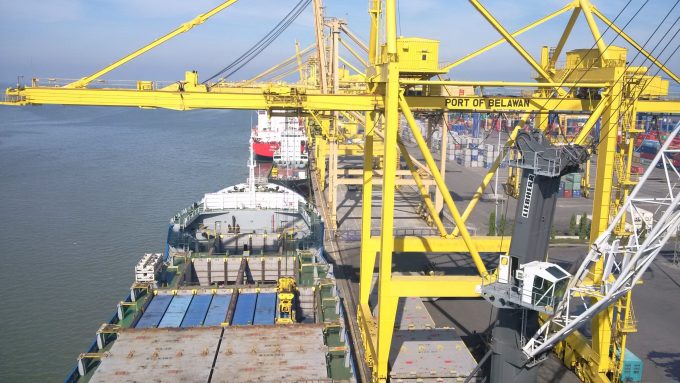Surging South-east Asian flows a boost for operators like DB Schenker
For DB Schenker, Vietnam has been a strong market over the past year. One factor in ...

The Indonesian government wants mainline operators to call directly at Belawan, the country’s busiest port after Java.
Minister of state-owned enterprises Erick Thohir said last week 95% of containerised exports from Belawan, located in northern Sumatra, were transhipped in Singapore and Port Klang in Malaysia.
Data from ...

Comment on this article